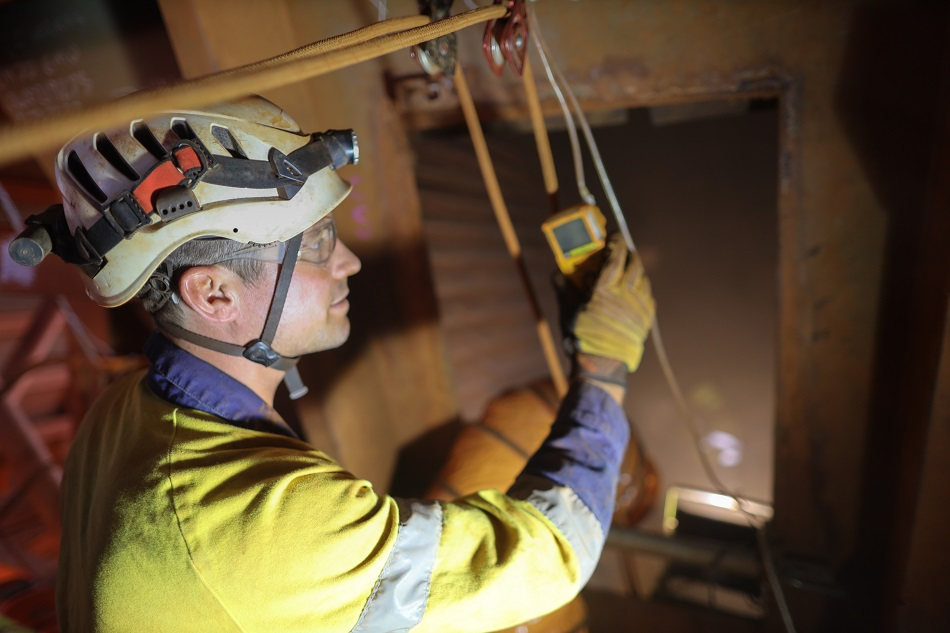Plant operators have a heightened responsibility to make sure that all air emissions are precisely monitored, measured, and kept within advised limits in response to increasingly strict regulations. This article outlines how the standards for air emissions are changing and how process operators can ensure that their air emissions monitoring equipment remains accurate.

Image Credit: King Ropes Access/Shutterstock.com
Although air quality has widely improved in recent decades, global air pollution continues to harm the environment and pose a risk to public health, leading governments to exert stricter air emission regulations.1
Due to this, industries face more regulatory demand than ever before to reduce air emissions. Analysis of UK air emissions in the last three decades demonstrates that levels of PM2.5, NOx, SO2, and NMVOCs have significantly declined.
The UK government has declared that additional action is needed to adhere to targets in emission reduction. Consequently, it has pledged to provide “continuous improvement”, meaning that possibilities for additional emissions reductions will be investigated across all industries.
Several large emitters, such as chemical process operators and power plants, have significant responsibilities. They must manage and continue to reduce their air emissions, and if they are to remain on the right side of the growing legal limitations, the accurate and reliable monitoring of emissions is fundamental.
Plants can accurately observe, track, and report emissions over long periods with the installation of Continuous Emissions Monitoring Systems (CEMS). Some applications favor periodic monitoring with Portable Emissions Measuring Systems (PEMS), particularly where emissions have a comparatively low variability.2
High levels of accuracy can be produced by optimizing measurement technology in this industry. The most effective CEMS have the ability to quantify more than 50 unique gas components at the same time and can frequently identify a few ppm of gas to within ±2% accuracy.
The Importance of Emissions Monitoring Equipment Calibration
Despite the resolving power of any emissions monitoring system, the initial calibration of the instrument impacts each measurement taken. It is crucially important that this calibration is carried out with optimum accuracy for both PEMS and CEMS.
Accurate calibration gas mixtures lead to a precise calibration. It is also critical that the calibration gases are traceable, where a constant chain of comparisons between any calibration gas with an international or national standard is included.
Several gas cylinders are required to calibrate the monitoring equipment to each of the measured gas species. When sensors are located in places that are hard to reach, for example at the top of an industrial stack, this can become problematic.
Carrying several canisters of calibration gases to the sensor to perform calibration can be expensive, time-consuming, and can fall short of safety requirements.
This problem has been eliminated by the creation of multi-component calibration gas mixtures in one cylinder. When several gas components at known concentrations are combined inside of a single gas mix, the number of cylinders needed to complete calibration can be significantly decreased, along with making the actual process of calibration easier to perform and more efficient.
A collection of portable calibration gas products (calibration gas mixtures designed for the air emissions monitoring sector) are produced by Air Products, created to increase the simplicity and accuracy of calibration in hard-to-reach locations.
Lightweight cylinders, including calibration mixtures with up to four distinct gas components and validated according to the ISO 17025 accreditation scope, are created to the highest degree of accuracy. This ensures that process operators and power plants can be confident in the calibration of their emissions monitoring equipment and the measurements and data they acquire.
References and Further Reading
- DEFRA Clean Air Strategy 2019. Available at: https://assets.publishing.service.gov.uk/government/uploads/system/uploads/attachment_data/file/770715/clean-air-strategy-2019.pdf (Accessed: 3rd February 2020)
- What’s the Difference Between Continuous Emissions Monitoring and Periodic Measurement? Available at: https://www.auburnsys.com/blog/whats-the-difference-between-continuous-emissions-monitoring-and-periodic-measurement. (Accessed: 18th December 2019)

This information has been sourced, reviewed and adapted from materials provided by Air Products PLC.
For more information on this source, please visit Air Products PLC.